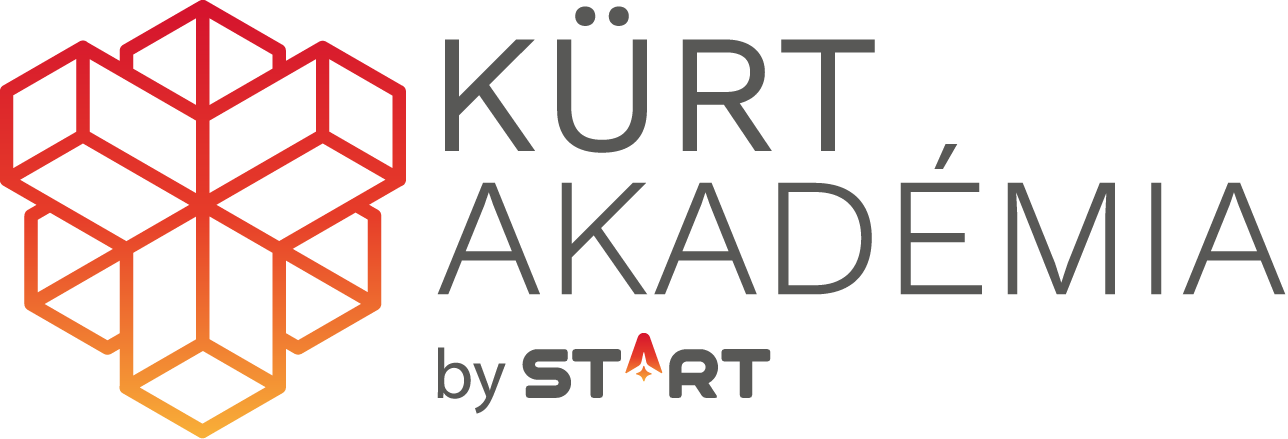Organizational Culture Assessment
What is the Organizational Culture Assessment and Alignment?
Typically, all members of an organization - and often even those outside the organization - have a sense of the organization's culture: what are the generally accepted values, what behaviors are acceptable or prohibited, what shared experiences, knowledge and beliefs shape - often invisibly - the day-to-day functioning of an organization. This is why it is important to ask how well an organization's operating culture is aligned with and supports its strategic objectives.
When we assess the culture of an organization, we do no more than make visible the characteristics and defining elements of its culture. We show what values 'drive' the organization, what are the most defining characteristics of the culture that is in place
What problem does it answer?
"Culture eats strategy for breakfast." - said Peter Drucker, one of the most respected figures in management science, perfectly describing why it is important to be aware of the specificities of organizational culture in any strategic or organizational change. The culture-building values or behavioral expectations made visible and tangible by a survey can point to the underlying causes of inefficiency in an organization or the likely pitfalls of a planned organizational development process - but they can also help to identify the strengths of an organization.
The assessment does not only look at the organizational culture of the moment, but also sheds light on what the organization's members believe should be the defining values for future success. Comparing the current perceived state with the future 'ideal' or 'desired' state identifies very specific areas of focus for organizational improvement.
What are the main steps?
Regardless of the measurement tool chosen, the organizational culture survey is typically conducted online, but paper-based surveys are also feasible. Respondents - preferably all members of the organization - fill in a 10-15 minutes questionnaire with their impressions of the current culture and the future situation they envisage as successful. Completion is strictly voluntary and anonymous.
It is possible to distinguish between different organizational units (e.g. production, sales, logistics) or organizational levels (e.g. senior management, middle management, staff) or other sub-groups (older employees, newcomers), which can support the identification of improvement focuses with more detailed results.
Once the survey has been completed, a comprehensive analysis will be prepared and shared with the organization's managers. It is recommended that all members of the organization are informed of the results and the further actions planned based on the results after the management presentation.
What results can we expect?
An accurate understanding of the current organizational culture will in itself lead to better management decisions - whether it is about setting strategic direction, developing internal operating standards or even selecting staff.
Assessing and discussing the ideal culture that fits the strategy can create alignment and a common language among key leaders, which can translate into a leadership alliance and a common set of expectations for employees.
An organizational culture assessment helps to reveal the impact of the culture in place on the effectiveness of the organization and also highlights areas for improvement. And in the case of organizational development projects, it can greatly assist in planning, setting directions and goals.
Our assessment tools:
Human Synergistics tools:
- Organizational Culture Inventory
"What expectations do you need to meet to be successful in this organization?" - Organizational Effectiveness Inventory
"What factors shape our current culture, how can we influence them?" - Leadership Impact Inventory
"What leadership expectations am I communicating to my employees - in relation to the ones I want to communicate? How much do they see me as an effective leader?"
Organizational culture questionnaire developed using Barrett Values Centre methodology:
When completing the questionnaire, respondents are asked to select 10-10 values from a list of 90 items (positive and negative attributes) according to the questions below.
- "Which 10 of the following values and behaviors do you think best describe the current functioning of your organization?"
- "Of the following values and behaviors, which 10 do you think would be most necessary for the organization to operate as successfully as possible?"
Storytelling in practice:
The storytelling group is a very insightful qualitative tool for understanding the culture of an organization.
In organizations, people's functioning, effectiveness and well-being are influenced by many factors, of which they are not conscious. Without the knowledge of these factors, the basis for development may be in doubt. As these factors are not conscious, they are difficult to access through questionnaires and traditional interviews. One of the fundamental virtues of storytelling is that it is precisely these moments that it brings to the surface by mobilizing episodic memory.
Storytelling groups typically consist of 10-12 people, with a skilled facilitator to build the right level of collaboration and keep the conversation on track. The deep analysis of the texts of the conversations, which usually last between 1.5 and 2 hours, provides the data and stories that most accurately describe the organizational culture.
Typical questions:
Why do you need to assess culture, since managers have a good sense of "what the organization is about"?
Most good leaders do have a sound knowledge of the culture of their organization, but however well-founded these perceptions are, they inevitably lack the opinions and insights of the members of the organization. The leader observes phenomena, but has only assumptions about the reasons behind them. The culture survey also reveals these hidden dimensions and differences within the organization.
The culture of an organization is a given and difficult to change, so why should it be given special attention in a rapidly changing environment?
It is the leaders who have the greatest impact on culture, it is their day-to-day decisions and the rules they set that 'create' the culture of the organization. Feedback helps to give insight into these influences, so that managers can be more aware of, for example, what behaviors they tolerate or praise and what rules they create.
Why is it necessary and worthwhile to involve everyone in the survey?
From a purely statistical point of view, if the organization is large enough, a representative sample may indeed be sufficient. However, on one hand, it is difficult to estimate the response rate in advance, and a low response rate may result in a sample that is not as representative as previously planned. On the other hand, "inviting" the whole organization into the survey has an important positive message, showing that everyone's opinion counts.
WHO CHOSE US
-




T-Systems
Developing corporate strategy and metrics, assessing organisational culture
-




Schiller Autó Család
Developing corporate strategy and metrics, supporting senior management team collaboration, coaching processes
-




ALTEO
Developing corporate strategy and metrics, supporting senior management team collaboration, developing leadership role awareness, coaching processes
-




SPAR Magyarország
Development of corporate strategy and metrics, a series of management development programmes based on comprehensive organisational diagnostics, Lean redesign of commercial processes, support for agile operations
-




Lidl
A series of extensive leadership development programmes over several years based on comprehensive organisational diagnostics, collaborative development of management teams, HR team development, individual and team coaching processes






